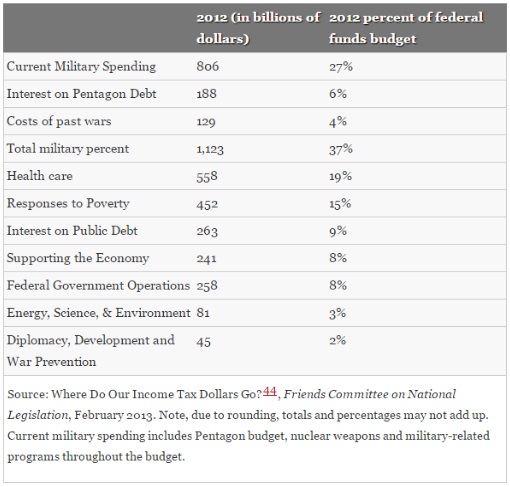When analyzing the UN Sustainable Development Goals in their entirety, as a holistic agenda to eradicate poverty and hunger, foster human development, human rights, and peace, and ensure environment and ecosystems’ health, the financing aspect becomes very relevant. The setting of Agenda 2030 and the SDGs is based on the premise of backcasting, or goal setting, for development on a global scale. If we as a global society have agreed on what kind of world we want to live in ( a world in which the outrageous calamities of war pictured above are not to be tolerated), then it is crucial that we also determine how to get there. This issue is ever more relevant when we see international multilateral processes, as the Financing for Development Process, siloed and stuck on the same outcomes and principles agreed 13 years ago in Monterrey, Mexico. Very little has changed in this area of work over the last decade. Financing for Development resolutions have failed to incorporate and consider the rise in extremism and violence worldwide, not to mention climate and humanitarian crises. This should not be tolerated.
“The Addis Agenda Action Agenda Financing for Development outcome document fails to mention military or defense spending even once”
Some might argue that the Financing for Development process is an independent mechanism from humanitarian and sustainable development agendas. Indeed many of the pundits that make a living within this process argue that the process ought to be siloed as to protect and ensure the expertise of it contributing agents. In other words, the process according to these pundits needs to remain closed to those with the know-how, as opposed to become more open and transparent. This train of thought however is proving to deliver poor results. The silo approach is far from ideal when it comes to solving systemic issues. Systems theories emphasize the centrality of a holistic approach. Sustainable Development is no different and is indeed one of the most complex systems we must contemplate upon in our time, and our humanity depends on it.
“The silo approach is far from ideal when it comes to solving systemic issues.”
When we fail to consider public spending in comparison to other agendas like the humanitarian and defense agendas, we miss the point of what sustainable development financing ought to be. In other words we are segmenting funding streams and disregarding tangible opportunity costs which are undermining long-term peace, security, and environmental sustainability. Clear evidence is the outcome document of the Addis Ababa Action Agenda, where there is no single mention to defense spending. This seems a bit odd when we consider the centrality of peace for development. Another example is the lack of practical mechanisms to incentivize private spending as the main source of resources toward achieving the SDGs, and the over emphasizing of Official Development Assistance, an instrument that albeit important is quite insufficient in the quest from billions to trillions of USD for development.
“There is a lack of practical mechanisms to incentivize private spending as the main source of resources toward achieving the SDGs.”
Historically we can say that humanitarian agendas have had priority over development agendas when it comes to public finance and international cooperation. This comes at no surprise, as the value of human life is on the line in times of crisis. The main reasoning: poverty and environmental degradation, can be addressed “later”. However, this type of thinking is no different from the silo approach described earlier. What we are finding in our present societies is a situation where we are not planning for the long-term and are caught in addressing ever-changing short-term calamities. This seems to be a vicious cycle, where the more we fail to invest in sustainable development, the more humanitarian aid will be needed and so on and so forth. This vicious cycle can become a virtuous cycle the moment we start to prioritize sustainable development investments over any other type of investments. Let us look at the case of the United States, the biggest economy in the world, as an example:
Even though the public budget allocation of the United States of America says it all, some critical aspects can be applied to most of the world’s resources. The United States spends an estimated 18 times more on military and defense than on diplomacy, development, and war prevention. Skeptics would argue that it seems as if the US is practically aligning itself towards war, as opposed to peace, by just looking at public spending. On the other hand skeptics could also argue deterrence as a means to peace. However, in the quest for sustainable development, it is not intimidation and submission that drive the reasoning… but rather human development and human rights.
Chapter from forthcoming paper titled:
“Sustainable Development as a Path to Peace-building: Finding Common Ground to Counter the Extremist Narrative”
by Austin Schiano, Juan. E. Chebly, and Federico Ruiz



